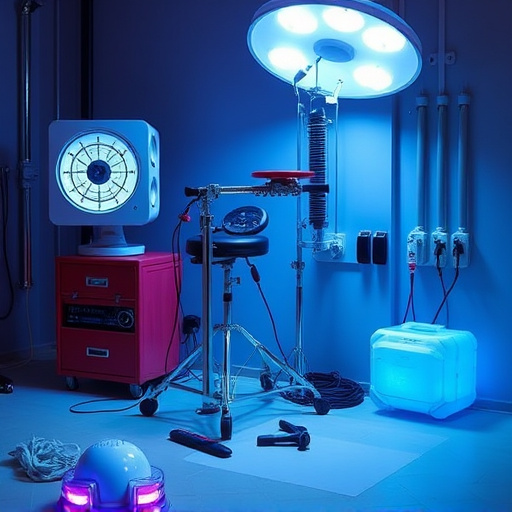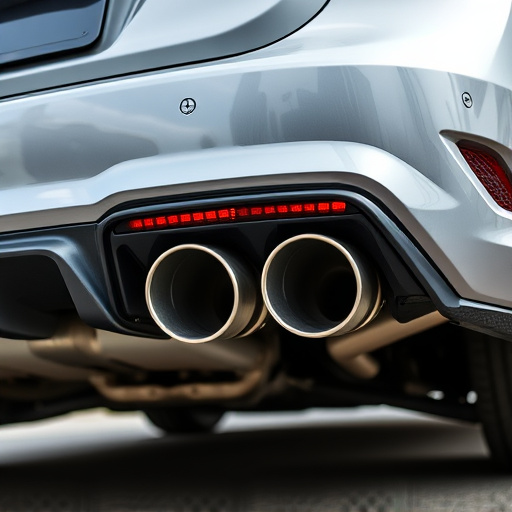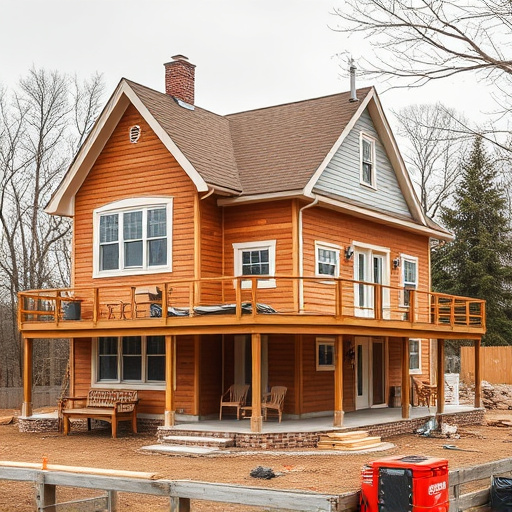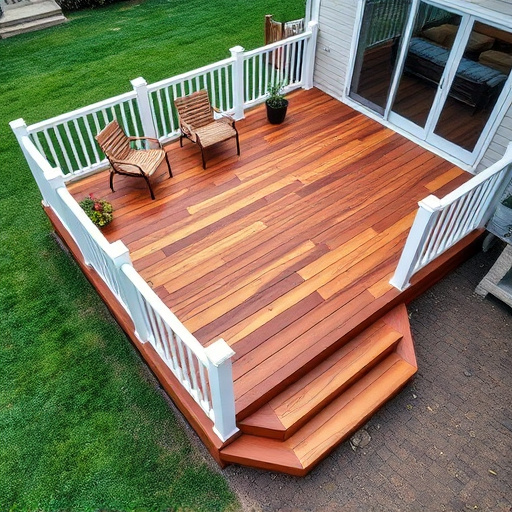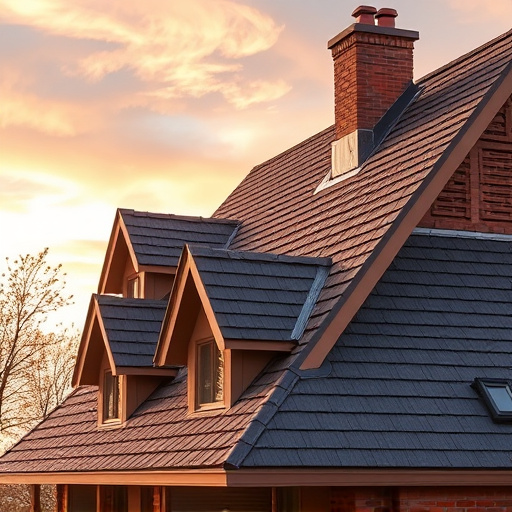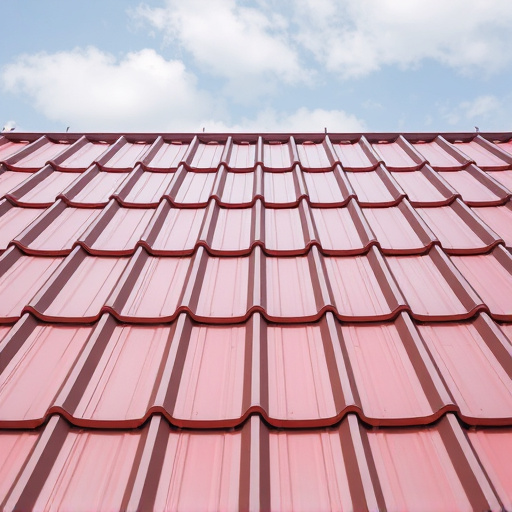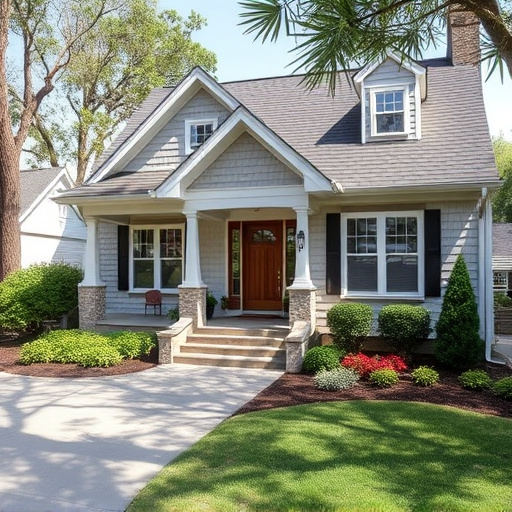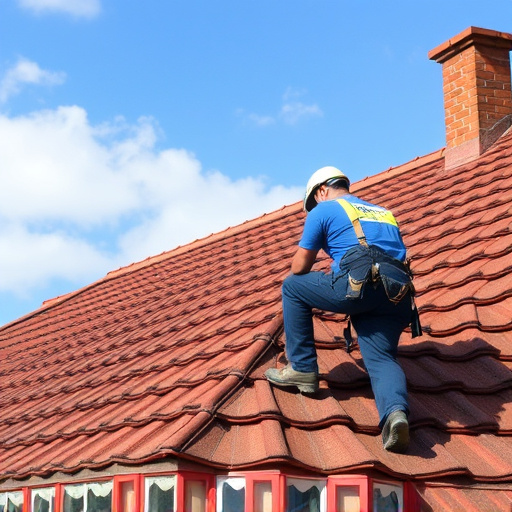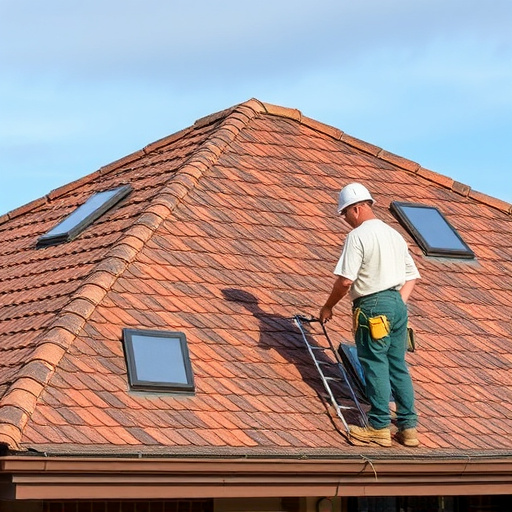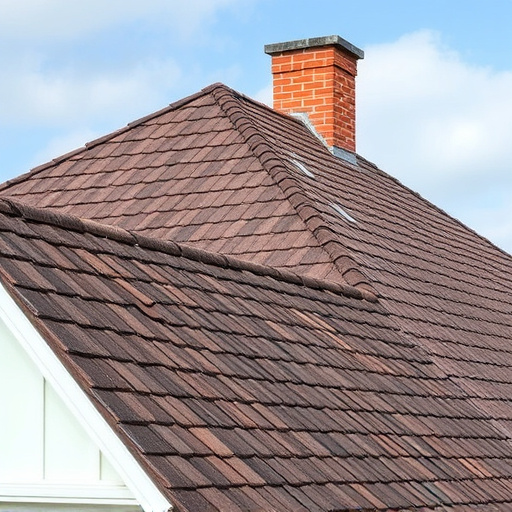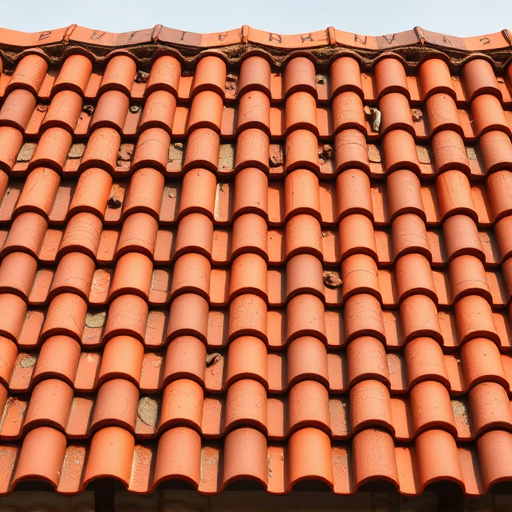When considering new siding, both vinyl and fiber cement offer strong options. Vinyl excels in flexibility, low maintenance, and aesthetic variety, ideal for quick upgrades or residential repairs. Fiber cement, a blend of cement, cellulose, and mineral fibers, resists extreme weather, temperature changes, and offers reduced maintenance needs over time, making it suitable for homes and commercial buildings despite initial higher costs. Both options benefit from professional installation services, with vinyl being more budget-friendly and fiber cement providing a timeless, natural look with superior durability.
When considering new siding for your home, the choice between vinyl and fiber cement is a popular debate. Both offer unique benefits and drawbacks, making the decision crucial for any homeowner. This guide aims to help you understand these materials, their performance, and long-term value. We’ll explore why one might be a better fit than the other based on durability, aesthetics, cost, and installation processes, ensuring an informed choice for your home’s new look.
- Understanding Vinyl and Fiber Cement Siding
- Performance and Durability Comparison
- Aesthetics, Installation, and Cost Analysis
Understanding Vinyl and Fiber Cement Siding
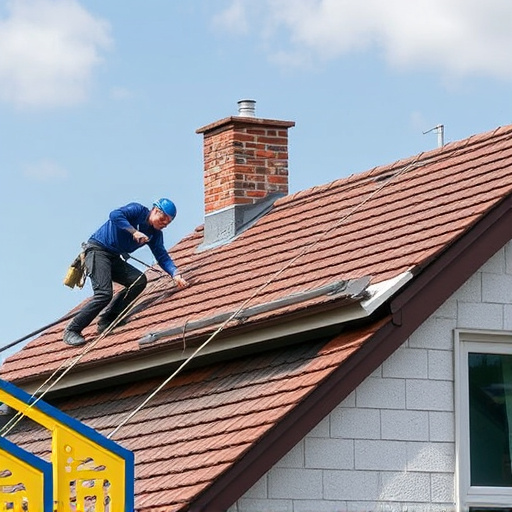
Vinyl and fiber cement are two popular choices for new siding, each with its unique advantages and drawbacks. Vinyl siding is a flexible material made from polyvinyl chloride (PVC), known for its durability and low maintenance requirements. It’s an excellent option for residential siding, offering a wide range of colors and styles to suit various architectural designs. Vinyl is also easy to install, making it a cost-effective choice for those looking for storm damage repair or quick upgrades.
On the other hand, fiber cement siding comprises a mix of cement, cellulose, and mineral fibers, providing excellent resistance to weather conditions, including heavy rain and strong winds—a must-have for both residential and commercial roofing applications. This durable material is known for its long lifespan and ability to withstand extreme temperatures, making it a top pick for areas prone to harsh climates. While initially more expensive than vinyl, fiber cement siding requires less maintenance over time, offering a sound investment for any new siding project.
Performance and Durability Comparison
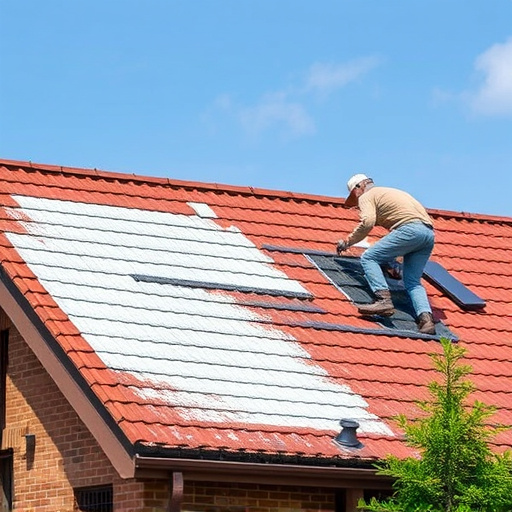
When comparing vinyl vs fiber cement for new siding, performance and durability are key factors to consider. Vinyl siding is known for its low maintenance requirements, making it an attractive option for homeowners looking for a hassle-free exterior update. It’s lightweight, easy to install, and offers excellent resistance against fading and cracking. On the other hand, fiber cement siding combines the aesthetic appeal of wood with superior durability. Crafted from a mix of cement, cellulose fibers, and mineral additives, it is highly resistant to rot, mold, and fire, ensuring long-lasting performance.
While both materials provide insulation and protect against extreme weather conditions, fiber cement holds an edge in terms of strength and longevity. It performs well in high wind events and can withstand heavy impacts, making it a popular choice for commercial roofing services and roof repair projects alike. This durability translates to reduced maintenance and replacement costs over time, making fiber cement siding a wise investment for any property owner seeking long-term protection for their new siding.
Aesthetics, Installation, and Cost Analysis
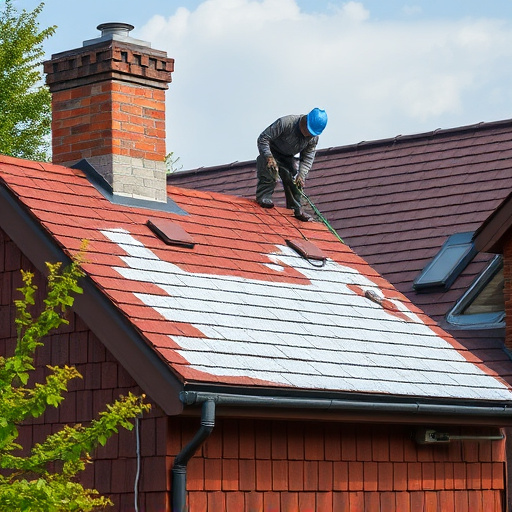
When considering new siding for your home, the choice between vinyl and fiber cement offers distinct benefits to homeowners. Aesthetics play a significant role in this decision. Vinyl siding comes in various colors and styles, imitating wood grain or offering vibrant hues, making it an attractive option for those seeking customization. On the other hand, fiber cement siding provides a more natural look with its stone-like texture and wide range of colors, appealing to homeowners who want a timeless, traditional appearance.
In terms of installation, both options have their advantages. Vinyl is known for being easy to install as it is lightweight, requires minimal tools, and often comes pre-pasted. This makes the siding installation process quicker. Fiber cement, while slightly more labor-intensive due to its heavier weight, offers excellent durability and long-term performance. Professional siding services can help with the installation, especially in cases of storm damage repair, ensuring proper sealing and long-lasting results for either material. Cost-wise, vinyl siding is generally more budget-friendly, making it an appealing choice for those looking for a cost-effective new siding solution without compromising on visual appeal.
When choosing new siding, both vinyl and fiber cement offer compelling options. Vinyl excels in low maintenance, flexibility, and affordability, while fiber cement stands out for its superior durability, natural look, and environmental sustainability. Ultimately, the best choice depends on your individual needs, budget, and aesthetic preferences. Both materials provide reliable performance, ensuring your home makes a lasting impression for years to come.



